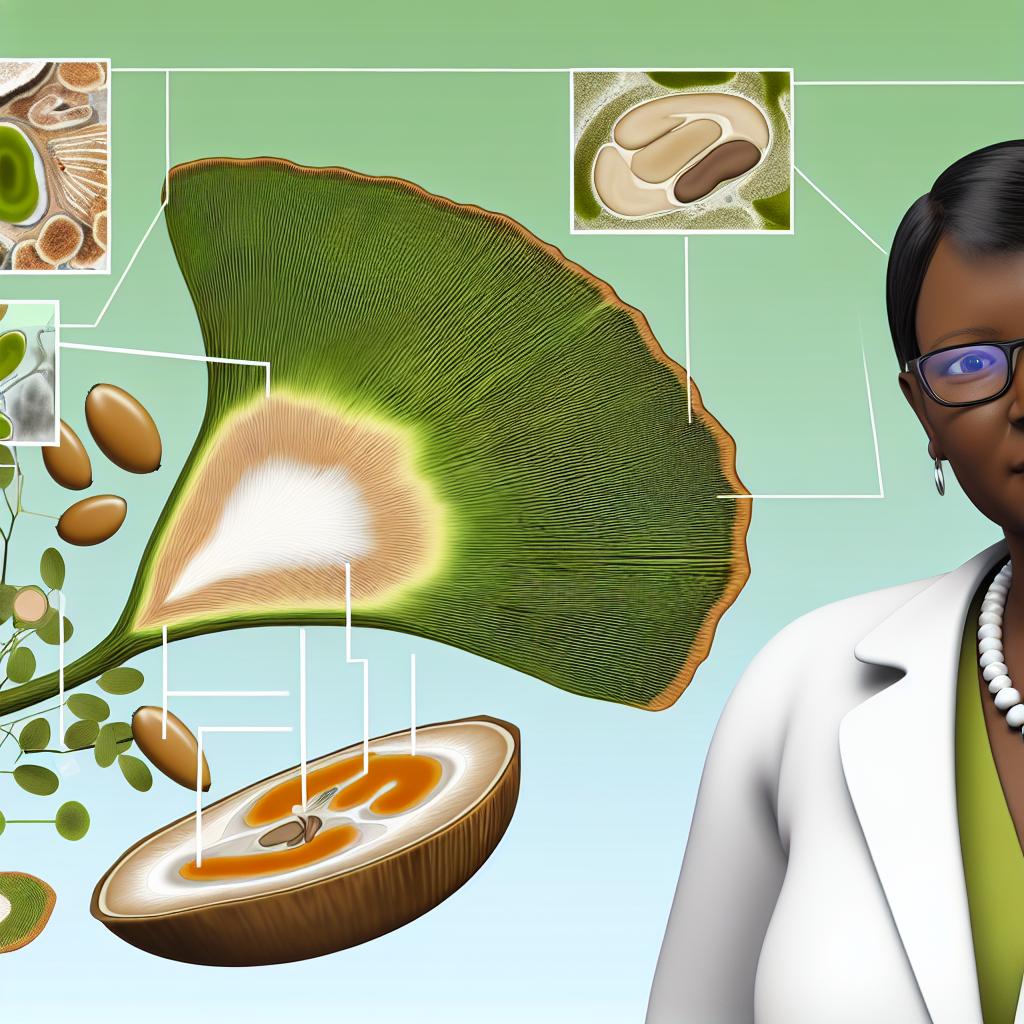Introduction to Ginkgo biloba Seeds
The Ginkgo biloba tree, referred to as ginkgo, stands out for its unique, fan-shaped leaves and is often hailed as a living fossil. This ancient species has a lineage that stretches back over 270 million years, providing a glimpse into a prehistoric era. People across the globe appreciate the ginkgo tree for its striking foliage, but it is the seeds that garner intrigue, mostly due to their distinctive and, at times, challenging aroma. While this aspect of the tree might be controversial to some, it undoubtedly adds to the tree’s unique profile.
Composition of Ginkgo biloba Seeds
Ginkgo seeds reside within a pliable outer layer that bears a resemblance to fruit, often misleading people to mistake them for small plums. However, these seeds do not technically qualify as true fruit, making them a unique topic of botanic discussion. The fleshy outer covering is referred to as the sarcotesta, and it is from this layer that the ginkgo seeds derive their notorious odor. Understanding the composition of the ginkgo seeds can provide valuable insights into their broader ecological and cultural roles.
What Causes the Smell?
The distinct odor associated with ginkgo seeds can largely be attributed to the presence of butyric acid. This chemical compound is infamous for its smell, which many liken to rancid butter or vomit. The concentration of butyric acid is at its peak when the seeds are freshly fallen, particularly during the autumn months when the seeds descend from the branches to the ground below. This pungency might initially repel, but it serves a greater ecological purpose, as we will see.
Effects of the Smell
The aroma of ginkgo seeds affects both humans and the environment in several ways, influencing perceptions and interactions with the tree.
Human Experience: The majority of people find the smell unappealing, prompting frequent complaints in urban areas where ginkgo trees are abundant. Despite this, certain cultures hold the seeds in high regard, using them in traditional cuisines. The odor is overcome for their culinary and nutritional values, as they are deemed a delicacy.
Ecological Impact: Interestingly, the powerful smell of the seeds functions as an attractant for various animals, promoting seed dispersal. This natural mechanism aids in the propagation of ginkgo trees, enabling them to flourish and maintain their presence in different ecosystems.
Urban Planning Considerations: In light of its pronounced smell, urban landscapers often opt for planting male ginkgo trees, which do not produce seeds. This strategic choice helps urban environments avoid the challenges presented by the odor while still enjoying the aesthetic contribution of ginkgo trees.
Culinary Uses Despite the Smell
While the smell of ginkgo seeds might initially discourage potential consumption, once the odorous sarcotesta is removed, the seeds themselves offer a palatable, nutty flavor. In various East Asian cuisines, ginkgo nuts find their place as a common ingredient, gracing dishes like congee and other traditional recipes. They are praised not only for their taste but also for the various health benefits they are believed to confer upon those who consume them.
Health Considerations
The preparation and consumption of ginkgo seeds require careful handling. Cooking the seeds thoroughly is crucial to eliminate any toxins and mitigate unpleasant odors that may linger. Consumers are advised to adhere to safe consumption levels to avert any adverse health effects, as overconsumption can trigger unwanted reactions. These safety measures ensure that the culinary enjoyment of ginkgo seeds aligns with health and wellness.
Conclusion
Though the odor of ginkgo biloba seeds is often regarded as a drawback, it is an integral component of the tree’s ecological narrative and cultural significance. Whereas ginkgo seeds might be seen as a nuisance in certain urban settings, they retain culinary and cultural enhancements that should not be disregarded. Gaining insight into the origins and implications of the smell can foster a deeper appreciation of this ancient tree species, guiding strategies for their management and use in various environments. Through a comprehensive understanding, one can better navigate the balance between the advantages and challenges presented by ginkgo biloba seeds.

